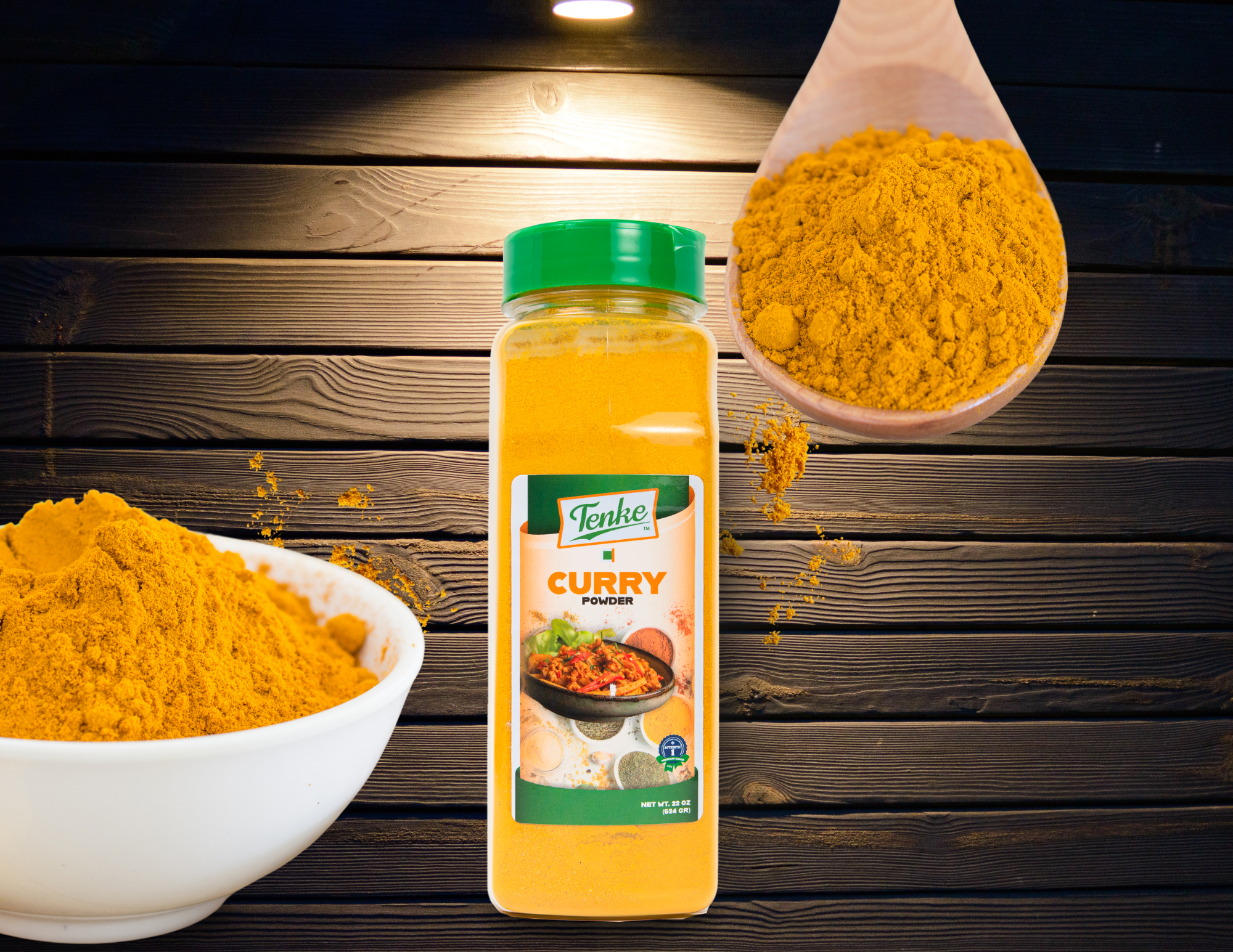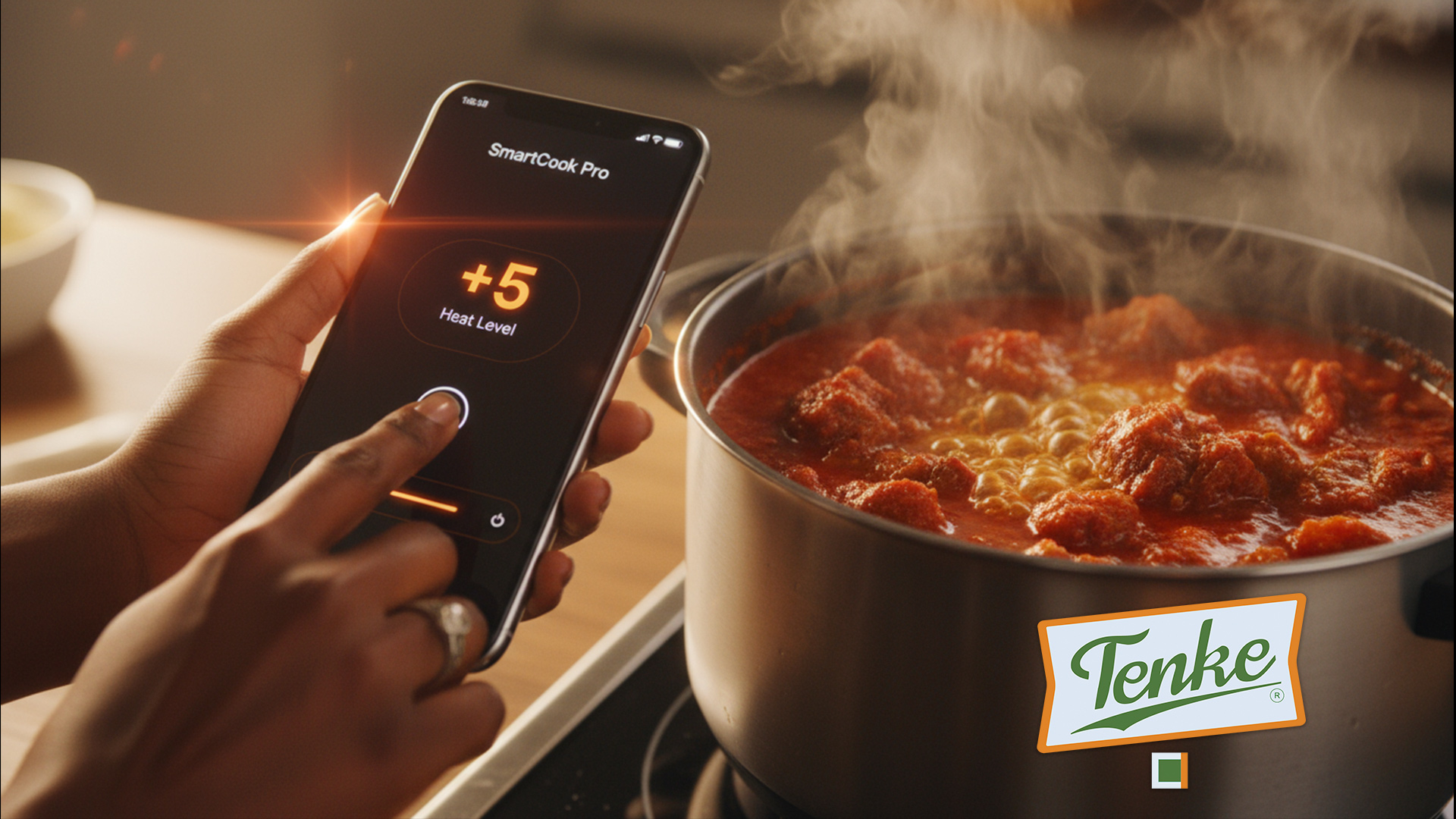
At the mention of the term ‘food technology’, is your mind conjuring the image of a robot cooking? Most people associate technology with robots and machines. However, in case of preparing food, using technology implies finding ways and means that render the task easier.
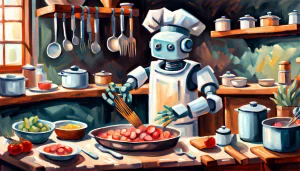 Indeed, it is possible for your culinary escapades to become more efficient in terms of efforts, energy and time. Some practical examples of food technology in day-to-day life include using lemon concentrate like Tropique to stay hydrated the easy way, and an all-inclusive breading mix like 2627 to shorten the fried-food prep time.
Indeed, it is possible for your culinary escapades to become more efficient in terms of efforts, energy and time. Some practical examples of food technology in day-to-day life include using lemon concentrate like Tropique to stay hydrated the easy way, and an all-inclusive breading mix like 2627 to shorten the fried-food prep time.
Another common myth pertains to food preparation being tedious and intimidating. The concept of food technology aims to dispel this misconception by adding the fun and interactive element.
Differentiating between Food Science and Food Technology
For a conventional person, food technology might be difficult to grasp in terms of ‘how’ and ‘why’. It is often confused with food science, which is a related concept, but definitely not the same.
In layman terms, food science deals with studying food within the lab in a controlled environment. It closely scrutinizes the visible and non-visible aspects of food, like the raw materials that go into spice powders, and figures out how both can be improved. Take for example the Tenke spice powders, visible refers to what can be discerned, namely the texture, color, shape, size, density and so on. Examining invisible aspects entails checking the nutritional value, chemical composition and the biological make-up. Depending on the findings, food scientists alter the inherent structure to come up with an improved version. The goal of food science is to create alternatives that are not just healthier, but also safer and eco-friendly, like pure spice powders offered by Tenke.
 Food technology represents the next stage, namely how to cook, prepare, preserve and distribute the product developed through food science. Innovation forms the core function of both terms. However, while food science innovates to create better varieties, food technology comes up with innovative ideas to expand its usage. For example, food science creates an ideal lemonade mix, but food technology entails offering it in form of a concentrate that can last over several months and only needs to be diluted with water to create a refreshing beverage.
Food technology represents the next stage, namely how to cook, prepare, preserve and distribute the product developed through food science. Innovation forms the core function of both terms. However, while food science innovates to create better varieties, food technology comes up with innovative ideas to expand its usage. For example, food science creates an ideal lemonade mix, but food technology entails offering it in form of a concentrate that can last over several months and only needs to be diluted with water to create a refreshing beverage.
How does Food Technology Help?
Food technology goes way beyond what you cook. It includes how you cook, and identifies appliances that can help. Another interesting aspect is digital interaction, which happens to be a relatively recent inclusion. Owing to this multi-pronged approach, the impact of food technology encompasses a diverse range of activities, all of which aim to enhance the culinary experience.
Given this objective, incorporating technology into food preparation entails –
Using Smart Products
Impact of technology can change the way you handle ingredients. For someone who multitasks on a daily basis, stocking up the kitchen with smart products can make all the difference.
 Rather than follow the traditional trend, nowadays you have the option to switch over to –
Rather than follow the traditional trend, nowadays you have the option to switch over to –
- Pre-cut vegetables that enable you to save time spent on chopping, slicing or dicing;
- Pure and authentic spice powders, like Tenke, which are free from contaminants while optimizing aroma and flavors;
- Semi-processed food that takes minimal time to prepare, an ideal choice being the Tropique lemon concentrate which contains everything and only needs to be diluted with a beverage of your choice;
- Breading mix options, the 2627 range, which contain everything and shorten the process of preparing fried dishes;
- Frozen food items and beverage concentrates that come with a long shelf-life;
Thanks to food technology, smart products are not just easily available but are also safe and healthy. In addition, these reduce the time you spend in the kitchen after a long day at work, while providing adequate and diverse nutrients. All you need to do is access the FSD website to check the products that embody food technology and place your order.
Going Digital
Bring the world into your kitchen by going digital while cooking. Applying technology to food preparation can imply exploring apps, websites and online forums that discuss culinary methods and trends. You can use these tools to interact with people all over the world and gain an insight into the regional styles. If you are struggling with a particular dish, someone online could provide you with an answer as to what you might be missing. Vice versa you can advise others on how to create a culinary delight. Consider hot sauces, for example, wherein every region in the world offers a variant of its own. By going digital, you will not only have learned about the various types of hot sauce, but also which one to use.
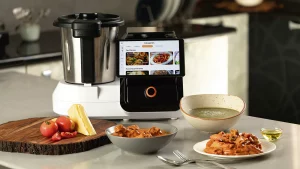 Go a step further and participate in virtual cooking sessions, which allow you to observe the tools and techniques used in different parts of the world. In the process you might pick up something new and interesting to try out in your own kitchen while sharing your tips with others.
Go a step further and participate in virtual cooking sessions, which allow you to observe the tools and techniques used in different parts of the world. In the process you might pick up something new and interesting to try out in your own kitchen while sharing your tips with others.
Adapting to Changing Trends
Traditional cooking tools and techniques notwithstanding, trends that define culinary activities today pertain to sustainability. Cooking devices have evolved over the decades to help save time and energy. But benefiting from them requires learning how to use these on a daily basis to perform mundane tasks. Keeping abreast of the latest technological advancements is one of the ways of being aware of the improvements.
To this effect, food technology prompts learning, which in turn calls for flexibility. Compared to what you might have been using so far, there is a choice to shift to better options. You can explore alternatives on the basis of purity, especially in case of spice powders, and convenience in form of a ready-to-use breading mix. Identify tools and products that suit your palate, health and nutritional requirements. Apply new techniques, and emerge productive, efficient and creative as a cook.
Sustainable practices take more than a day or two to take effect. But as long as you remain open to finding new and better ways to cook, these can soon become a way of life.
Employing Smart Appliances
Gradual technological advancement over the decades has resulted in modern appliances that enable the user to control the cooking process. Hence, baking a dish in the smart oven allows you to vary the temperature, duration and cooking method as per the raw material being used. Having adjusted the settings, you can move on to other tasks while the appliance does its job without requiring active supervision. The outcome turns out to be perfect in every way, namely color, texture, flavor and softness.
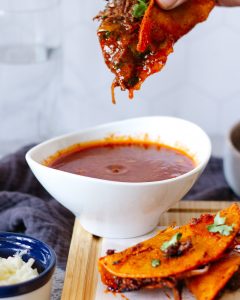 Likewise, modern blenders and pressure cookers provide the much-needed flexibility to determine the outcome. For example, you can decide how coarse or fine the puree should be, or the degree to which the vegetables should be steamed. This level of freedom over the final outcome encourages experimenting. You can choose to alter the nature of the dish without worrying about the food being over or under-cooked.
Likewise, modern blenders and pressure cookers provide the much-needed flexibility to determine the outcome. For example, you can decide how coarse or fine the puree should be, or the degree to which the vegetables should be steamed. This level of freedom over the final outcome encourages experimenting. You can choose to alter the nature of the dish without worrying about the food being over or under-cooked.
Minimizing Wastage
Leftovers represent an inevitable aspect of home-cooking, but the big question is how you channel them. Simply discarding them implies wasting food, while tucking them away for another day raises doubts about safety. This is where food technology comes in. To begin with, as far as possible, select products that come with a long shelf-life. Next, store them carefully so that they do not get spoiled. For example, keep spices in a cool spot and in a tightly sealed container so that they remain free from humidity. Frozen or cut vegetables come with a limited shelf-life, which means you must use them on a priority. Store the Tropique lemonade concentrate in a cool dry place and ensure that its lid is tightly shut for it to last over a couple of weeks or even a month.
Equally true is the fact that no-one looks forward to having left-overs after a couple of days. Unless of course you make use of digital aspect of technology and give them a complete make-over. Instead of discarding left-overs, log into the app, or read blogs on how to combine these to create a completely new dish. By applying food technology, not only will you have minimized wastage, but will also have surprised your family.
Benefits of Food Technology
No-one can tell for sure exactly when food technology made its appearance on the culinary landscape. Although kitchen appliances and cooking methods have been gradually evolving, the last twenty years have been witness to some truly game-changing evolution. Just as evident have been the benefits, which have manifested in form of –
- Improved quality, wherein now products are healthier and more authentic as compared to their earlier versions;
- Value for money, given that courtesy of apps and forums, you become more organized in terms of stocking up and planning your meals;
- Enhanced creativity, since every digital interaction would leave you with fresh ideas and motivate you to experiment;
- Reusing leftovers, which saves time, effort and resources, and minimizes wastage;
- Organized shopping, as you create an inventory at regular intervals and space out the trips to the grocery store;
- Diverse options, to provide for each palate and health condition;
Final Thoughts
On the surface, food technology might appear to be a broad concept that applies to large commercial kitchens or restaurants. What renders this concept interesting is that it is just as applicable on a micro level. So, if you are an individual who cooks for their family on a daily basis, you are bound to be just as affected by food technology as any other large-scale outfit. In fact, its benefits are more evident in a home kitchen rather than a macro setting.
 After all, production and processing of food are important in any kitchen. Aspects like nutrition, safety, customization, and waste reduction also apply to any outfit that handles food on a daily basis. Therefore, the sooner you grasp and apply this concept, the better it is for you in terms of cooking a wholesome meal for yourself and your loved ones. Taking a step further, food technology renders the entire world at your finger-tips without leaving your home. From new recipes to improving the existing method, the sky is the limit to everything that you can learn.
After all, production and processing of food are important in any kitchen. Aspects like nutrition, safety, customization, and waste reduction also apply to any outfit that handles food on a daily basis. Therefore, the sooner you grasp and apply this concept, the better it is for you in terms of cooking a wholesome meal for yourself and your loved ones. Taking a step further, food technology renders the entire world at your finger-tips without leaving your home. From new recipes to improving the existing method, the sky is the limit to everything that you can learn.
Overall, knowledge of food technology serves to stretch your boundaries. As you embrace it, prepare yourself to evolve into someone who enjoys cooking and sharing while observing best practices both in and out of the kitchen.









